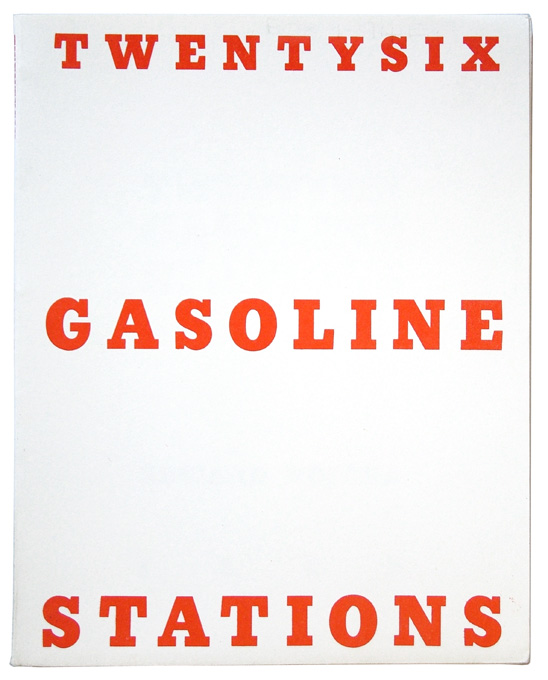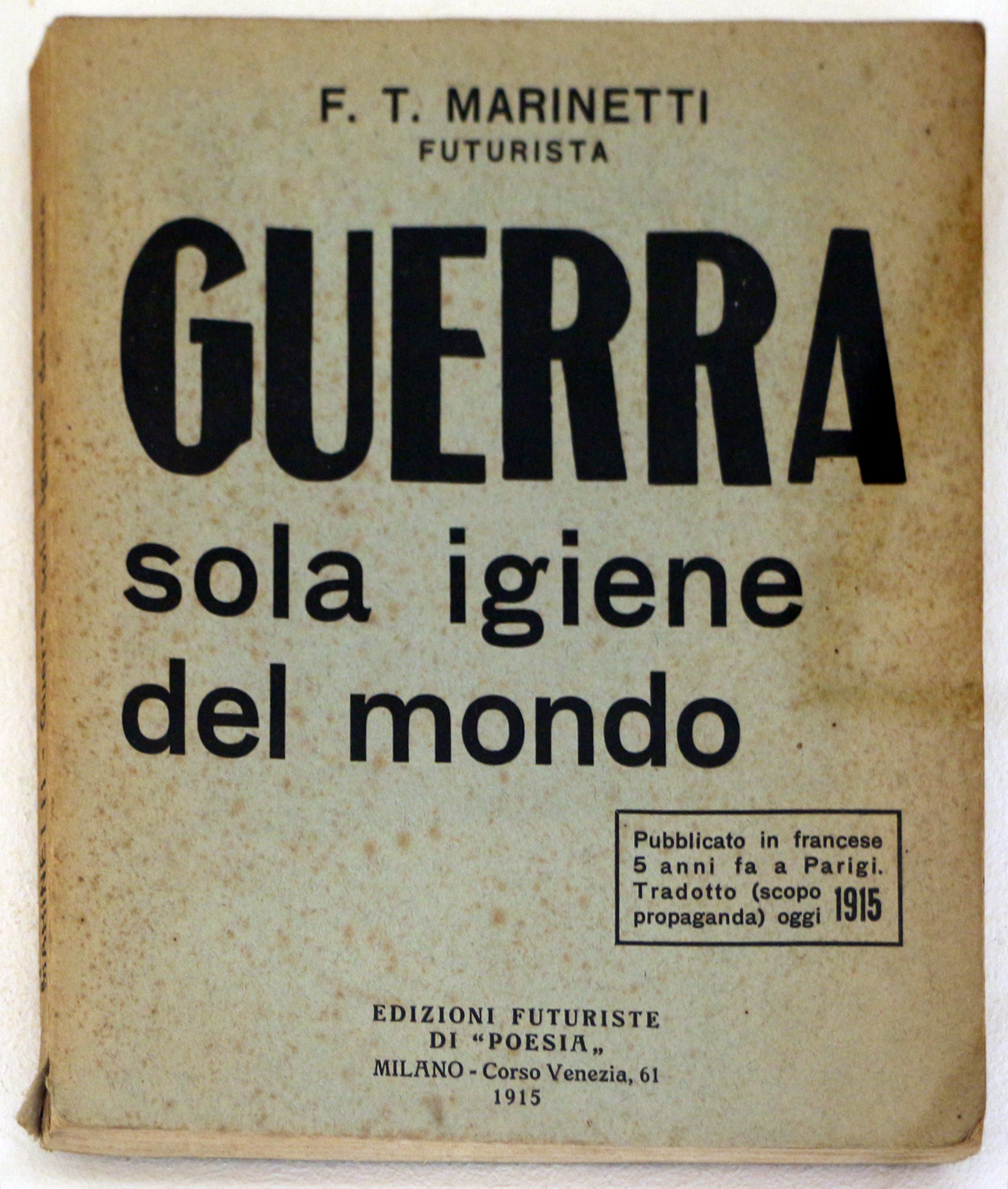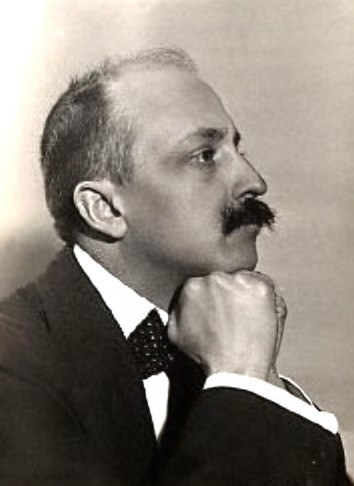|
Tango With Cows
''Tango With Cows: Ferro-Concrete Poems'' (Russian; ''Танго С Коровами: Железобетонные Поэмы'') is an artists' book by the Russian Futurist poet Vasily Kamensky, with additional illustrations by the brothers David and Vladimir Burliuk.The Russian Avant-Garde Book, Rowell & Wye, MoMA, 2002 p253 Printed in Moscow in 1914 in an edition of 300, the work has become famous primarily for being made entirely of commercially produced wallpaper, with a series of concrete poems - visual poems that employ unusual typographic layouts for expressive effect - printed onto the recto of each page. Origins of Russian futurism Hylaea Kamensky had been one of the first Russians to master flight, piloting a Blériot XI after taking lessons from Louis Blériot himself, until a crash in 1912 persuaded him to retire; "Kamensky’s tenure as a pilot was short-lived. The poet’s aerial career met an abrupt end only a few months after he had earned his wings. Following ... [...More Info...] [...Related Items...] OR: [Wikipedia] [Google] [Baidu] |
Artists' Book
Artists' books (or book arts or book objects) are works of art that utilize the form of the book. They are often published in small editions, though they are sometimes produced as one-of-a-kind objects. Overview Artists' books have employed a wide range of forms, including the traditional Codex form as well as less common forms like scrolls, fold-outs, concertinas or loose items contained in a box. Artists have been active in printing and book production for centuries, but the artist's book is primarily a late 20th-century form. Book forms were also created within earlier movements, such as Dada, Constructivism, Futurism, and Fluxus. Artists' books are made for a variety of reasons. An artist book is generally interactive, portable, movable and easily shared. Some artists books challenge the conventional book format and become sculptural objects. Artists' books may be created in order to make art accessible to people outside of the formal contexts of galleries or museums. Art ... [...More Info...] [...Related Items...] OR: [Wikipedia] [Google] [Baidu] |
Sergei Shchukin
Sergei Ivanovich Shchukin (russian: Серге́й Ива́нович Щу́кин; 10 January 1936) was a Russian businessman who became an art collector, mainly of French Impressionist and Post-Impressionist art. Early life and family Sergei Ivanovich Shchukin was born on in Moscow, one of ten children"The man who loved Monet: Russia's greatest art collector" by Nancy Durrant, ''Saturday Review'', ''The Times'', 15 October 2016, pp. 8-9. of Ivan Vassilievitch Shchukin, a self-made Moscow merchant, and his wife Ekaterina Shchukina, née Botkin, the daughter of an established family of merchants. I.V. Shchukin and Sons Trading Company became one of the largest manufacturing and wholesale companies in Russia. Art collection There were several art collectors in the Shchukin family. Sergei's brother Pyotr Shchukin built an important collection of Russian ancient art and artifacts and owned several impressionist masterpieces, while his brother Dimitri Shchukin assembled "Moscow's ... [...More Info...] [...Related Items...] OR: [Wikipedia] [Google] [Baidu] |
Georges Braque
Georges Braque ( , ; 13 May 1882 – 31 August 1963) was a major 20th-century List of French artists, French painter, Collage, collagist, Drawing, draughtsman, printmaker and sculpture, sculptor. His most notable contributions were in his alliance with Fauvism from 1905, and the role he played in the development of Cubism. Braque's work between 1908 and 1912 is closely associated with that of his colleague Pablo Picasso. Their respective Cubist works were indistinguishable for many years, yet the quiet nature of Braque was partially eclipsed by the fame and notoriety of Picasso. Early life Georges Braque was born on 13 May 1882 in Argenteuil, Val-d'Oise. He grew up in Le Havre and trained to be a house painter and interior decorator, decorator like his father and grandfather. However, he also studied artistic painting during evenings at the École supérieure d'art et design Le Havre-Rouen, previously known as the École supérieure des Arts in Le Havre, from about 1897 to 189 ... [...More Info...] [...Related Items...] OR: [Wikipedia] [Google] [Baidu] |
Pablo Picasso
Pablo Ruiz Picasso (25 October 1881 – 8 April 1973) was a Spanish painter, sculptor, printmaker, ceramicist and Scenic design, theatre designer who spent most of his adult life in France. One of the most influential artists of the 20th century, he is known for co-founding the Cubist movement, the invention of Assemblage (art), constructed sculpture, the co-invention of collage, and for the wide variety of styles that he helped develop and explore. Among his most famous works are the Proto-Cubism, proto-Cubist ''Les Demoiselles d'Avignon'' (1907), and the anti-war painting ''Guernica (Picasso), Guernica'' (1937), Guernica (Picasso)#Composition, a dramatic portrayal of the bombing of Guernica by German and Italian air forces during the Spanish Civil War. Picasso demonstrated extraordinary artistic talent in his early years, painting in a naturalistic manner through his childhood and adolescence. During the first decade of the 20th century, his style changed as he experimente ... [...More Info...] [...Related Items...] OR: [Wikipedia] [Google] [Baidu] |
Concrete Poetry
Concrete poetry is an arrangement of linguistic elements in which the typographical effect is more important in conveying meaning than verbal significance. It is sometimes referred to as visual poetry, a term that has now developed a distinct meaning of its own. Concrete poetry relates more to the visual than to the verbal arts although there is a considerable overlap in the kind of product to which it refers. Historically, however, concrete poetry has developed from a long tradition of shaped or patterned poems in which the words are arranged in such a way as to depict their subject. Development Though the term ‘concrete poetry’ is modern, the idea of using letter arrangements to enhance the meaning of a poem is old. Such shaped poetry was popular in Greek Alexandria during the 3rd and 2nd centuries BCE, although only the handful which were collected together in the Greek Anthology now survive. Examples include poems by Simmias of Rhodes in the shape of an egg, wings and a ha ... [...More Info...] [...Related Items...] OR: [Wikipedia] [Google] [Baidu] |
Zang Tumb Tumb
''Zang Tumb Tumb'' (usually referred to as ''Zang Tumb Tuuum'') is a sound poem and concrete poem written by Filippo Tommaso Marinetti, an Italian futurist. It appeared in excerpts in journals between 1912 and 1914, when it was published as an artist's book in Milan. It is an account of the Battle of Adrianople, which he witnessed as a reporter for ''L'Intransigeant''. The poem uses ''Parole in libertà'' (words in freedom; creative typography) and other poetic impressions of the events of the battle, including the sounds of gunfire and explosions. The work is now seen as a seminal work of modernist art, and an enormous influence on the emerging culture of European avant-garde print. " hemasterpiece of Words-in-freedom and of Marinetti’s literary career was the novel ''Zang Tumb Tuuum''... the story of the siege by the Bulgarians of Turkish Adrianople in the Balkan War, which Marinetti had witnessed as a war reporter. The dynamic rhythms and onomatopoetic possibilities that the ... [...More Info...] [...Related Items...] OR: [Wikipedia] [Google] [Baidu] |
Benedikt Livshits
Benedikt Konstantinovich Livshits (russian: Бенеди́кт Константи́нович Ли́вшиц, 24 December 1886 (Old Style)/6 January 1887 (New Style) – 21 September 1938) was a poet and writer of the Silver Age of Russian Poetry, a French–Russian poetry translator. Life and career Livshits was born to an assimilated Jewish family in Odessa. He studied law at Novorossia University and then moved to Kiev University, where he graduated in 1912. He was conscripted to the Russian army and served in the 88th Infantry Regiment. In 1914, he was conscripted again and served in the infantry during World War I, being awarded the Cross of St. George. In 1908, "The Exhibition of Modern Art" was staged in Kublin. This exhibition, which included the works of Georges Braque, Henri Matisse, and other European postimpressionist painters, made a profound impression on the young Livshits. His first poetry was published in the ''Anthology of Modern Poetry'' (Kiev) a year la ... [...More Info...] [...Related Items...] OR: [Wikipedia] [Google] [Baidu] |
Saint Petersburg
Saint Petersburg ( rus, links=no, Санкт-Петербург, a=Ru-Sankt Peterburg Leningrad Petrograd Piter.ogg, r=Sankt-Peterburg, p=ˈsankt pʲɪtʲɪrˈburk), formerly known as Petrograd (1914–1924) and later Leningrad (1924–1991), is the second-largest city in Russia. It is situated on the Neva River, at the head of the Gulf of Finland on the Baltic Sea, with a population of roughly 5.4 million residents. Saint Petersburg is the fourth-most populous city in Europe after Istanbul, Moscow and London, the most populous city on the Baltic Sea, and the world's northernmost city of more than 1 million residents. As Russia's Imperial capital, and a historically strategic port, it is governed as a federal city. The city was founded by Tsar Peter the Great on 27 May 1703 on the site of a captured Swedish fortress, and was named after apostle Saint Peter. In Russia, Saint Petersburg is historically and culturally associated with t ... [...More Info...] [...Related Items...] OR: [Wikipedia] [Google] [Baidu] |
Futurism
Futurism ( it, Futurismo, link=no) was an artistic and social movement that originated in Italy, and to a lesser extent in other countries, in the early 20th century. It emphasized dynamism, speed, technology, youth, violence, and objects such as the car, the airplane, and the industrial city. Its key figures included the Italians Filippo Tommaso Marinetti, Umberto Boccioni, Carlo Carrà, Fortunato Depero, Gino Severini, Giacomo Balla, and Luigi Russolo. Italian Futurism glorified modernity and according to its doctrine, aimed to liberate Italy from the weight of its past. Important Futurist works included Marinetti's 1909 ''Manifesto of Futurism'', Boccioni's 1913 sculpture ''Unique Forms of Continuity in Space'', Balla's 1913–1914 painting '' Abstract Speed + Sound'', and Russolo's ''The Art of Noises'' (1913). Although Futurism was largely an Italian phenomenon, parallel movements emerged in Russia, where some Russian Futurists would later go on to found groups of their o ... [...More Info...] [...Related Items...] OR: [Wikipedia] [Google] [Baidu] |
Filippo Tommaso Marinetti
Filippo Tommaso Emilio Marinetti (; 22 December 1876 – 2 December 1944) was an Italian poet, editor, art theorist, and founder of the Futurist movement. He was associated with the utopian and Symbolist artistic and literary community Abbaye de Créteil between 1907 and 1908. Marinetti is best known as the author of the first ''Futurist Manifesto'', which was written and published in 1909, and as a co-author of the Fascist Manifesto, in 1919. Childhood and adolescence Emilio Angelo Carlo Marinetti (some documents give his name as "Filippo Achille Emilio Marinetti") spent the first years of his life in Alexandria, Egypt, where his father (Enrico Marinetti) and his mother (Amalia Grolli) lived together ''more uxorio'' (as if married). Enrico was a lawyer from Piedmont, and his mother was the daughter of a literary professor from Milan. They had come to Egypt in 1865, at the invitation of Khedive Isma'il Pasha, to act as legal advisers for foreign companies that were taking part i ... [...More Info...] [...Related Items...] OR: [Wikipedia] [Google] [Baidu] |







